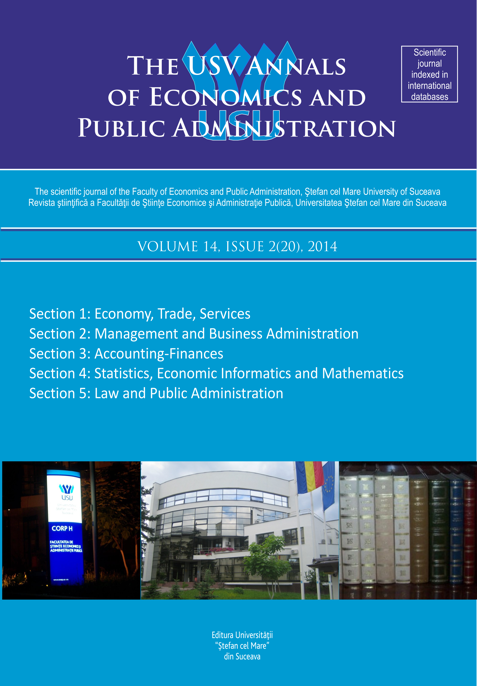REGIONAL ECONOMIC DISPARITIES IN ROMANIA. COMPARATIVE ANALYSIS OF THE NORTH-EAST AND WEST DEVELOPMENT REGIONS
DOI:
https://doi.org/10.4316/aepa.2014.14.2(20).75-82Abstract
In Romania, the territorial development differences have historical, cultural and economic roots. The industrialization process, from the communist period, but also the structural changes that were implemented during the transition to a market economy had a long run impact on the regional development disparities. However, it was noticed that these gaps have increased very much after the fall of the communist regime. A regional policy was promoted only after 1998, when a law was promulgated in this field. Romania’s development regions, created at the European Union suggestion in order to reduce the territorial development differences, are NUTS II statistical units. Even though they have been created for more than 10 years, there are significant development differences among Romania’s regions, especially between the West region (the second one from the development point of view), which has a diversified infrastructure and a high and qualified demographic potential, and the North-East region (the least developed), which is among the EU poorest regions. Considering all these aspects, in the present paper we intend to identify the factors that have generated these disparities and to analyze the evolution, during time, of the development gaps between the two regions, with the help of the macroeconomic indicators. In order to achieve these objectives, we have collected and analyzed the information included in various empirical studies, yearbooks, statistical databases and reports.

